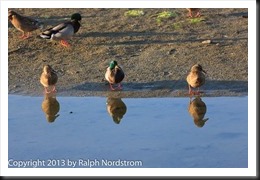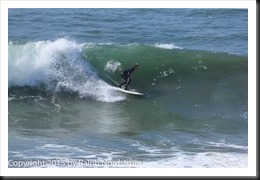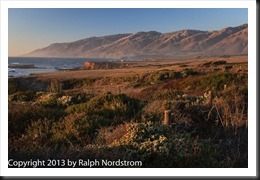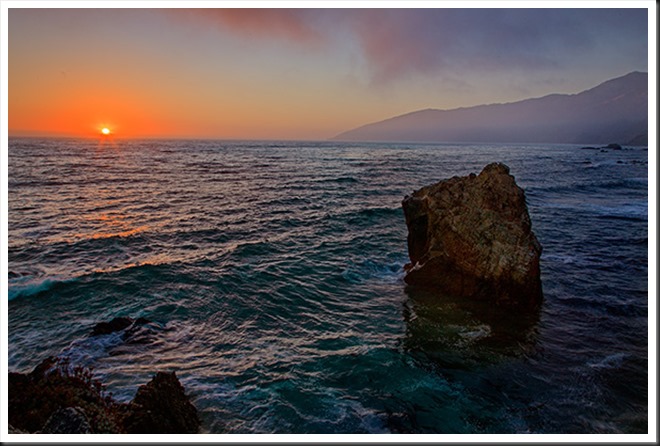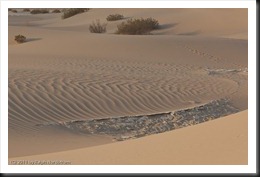We wrapped up the 2014 winter Big Sur workshop last night with a spectacular sunset at Point Lobos in Carmel, California. But hold on. Before we get to that I want to share with you some of the highlights from this week.
Let’s start with a funky photograph I got at the Santa Rosa Creek estuary way south down in Cambria, California. I went up to Cambria a couple of days before the workshop started for a little exploring. It paid off. I call this one, “Get Your Ducks in a Row.”
Also that same day I caught a surfer catching a wave. The surf was definitely up.
We start the workshop Monday in San Simeon at the southern end of the Big Sur coast. To get it off to a good start we photographed sunset at the southern end of the impressive Big Sur headlands. And we were treated to some equally impressive light.
Continue reading “Big Sur Photography Workshop – Highlights”
(1974)

